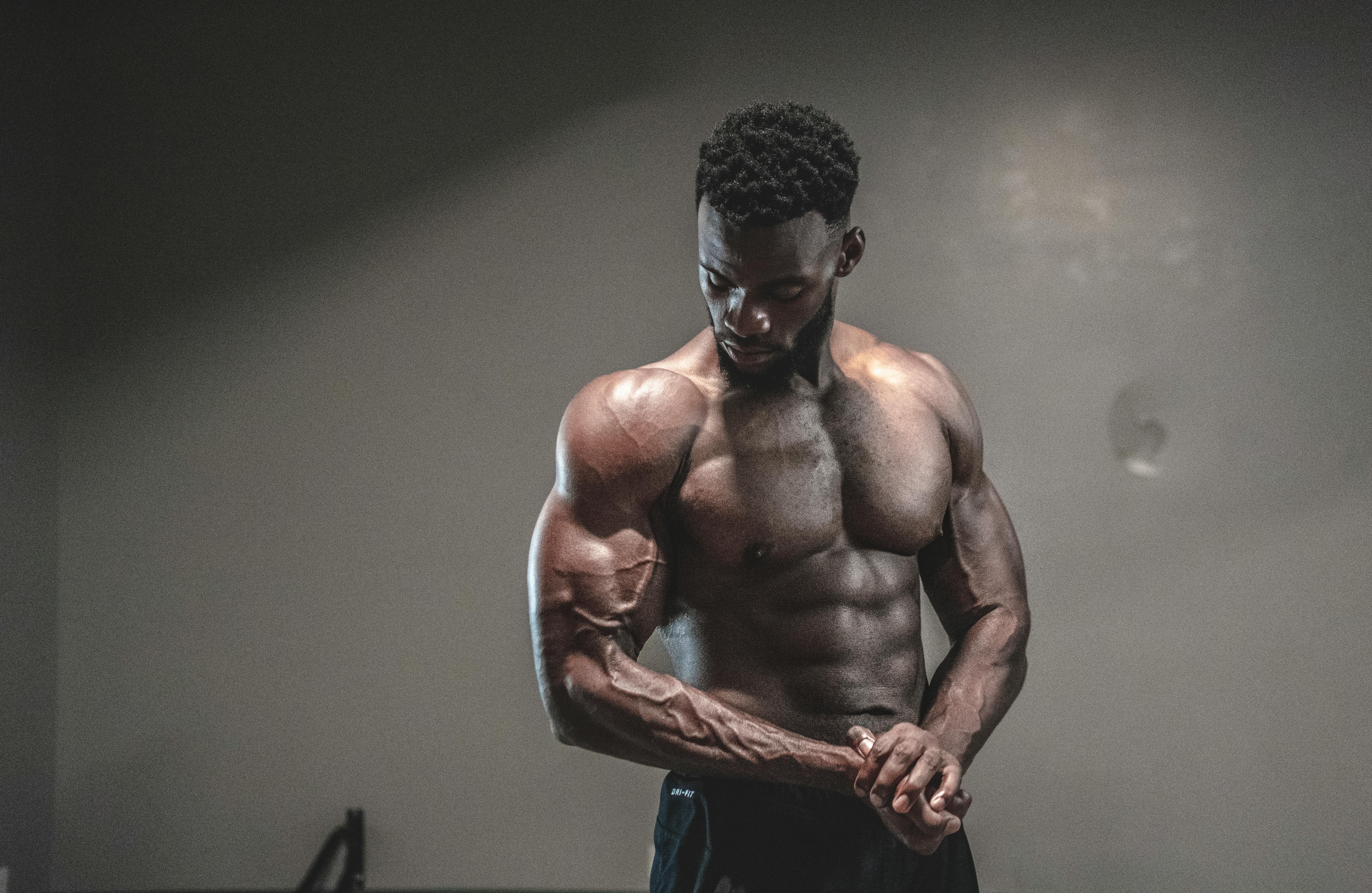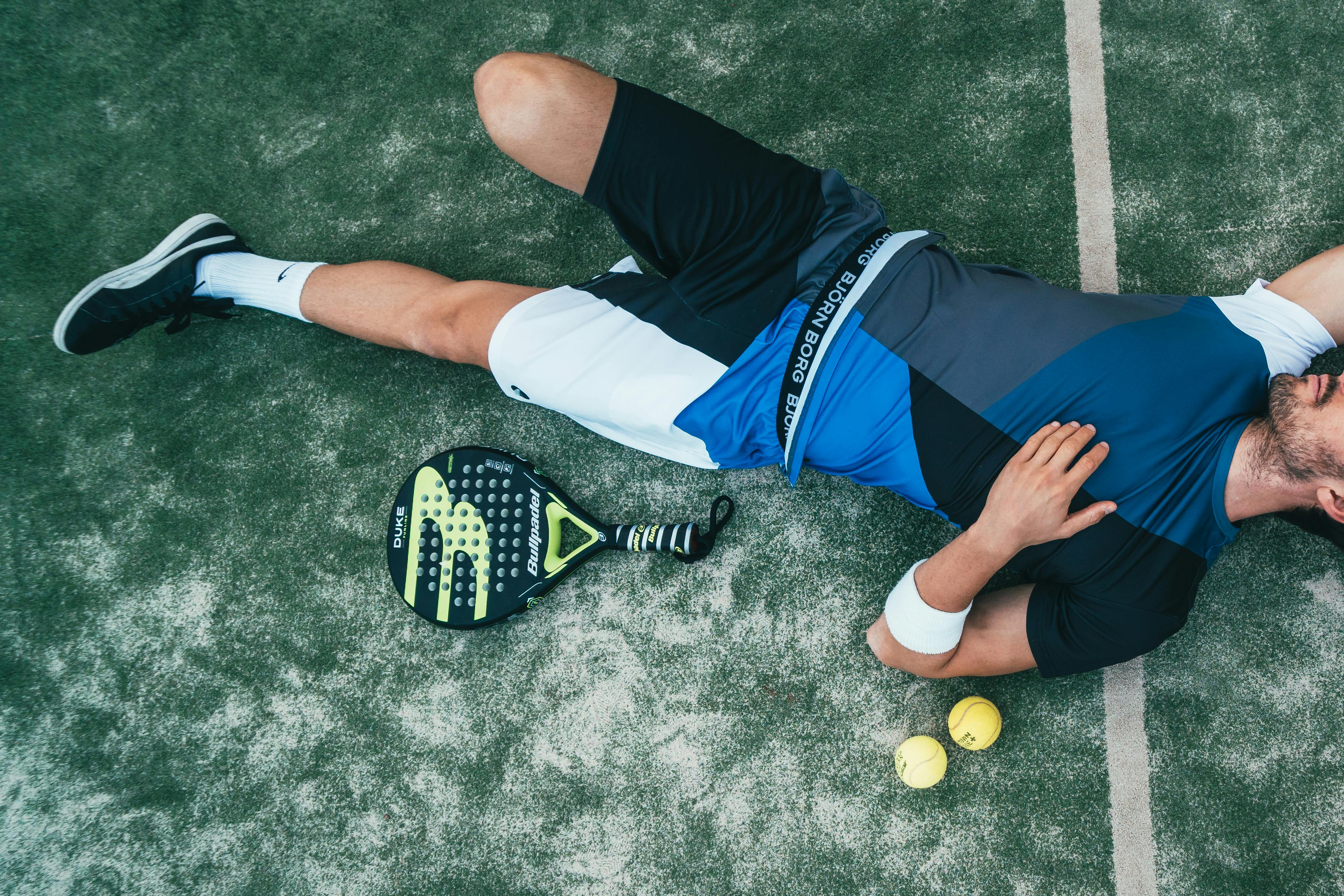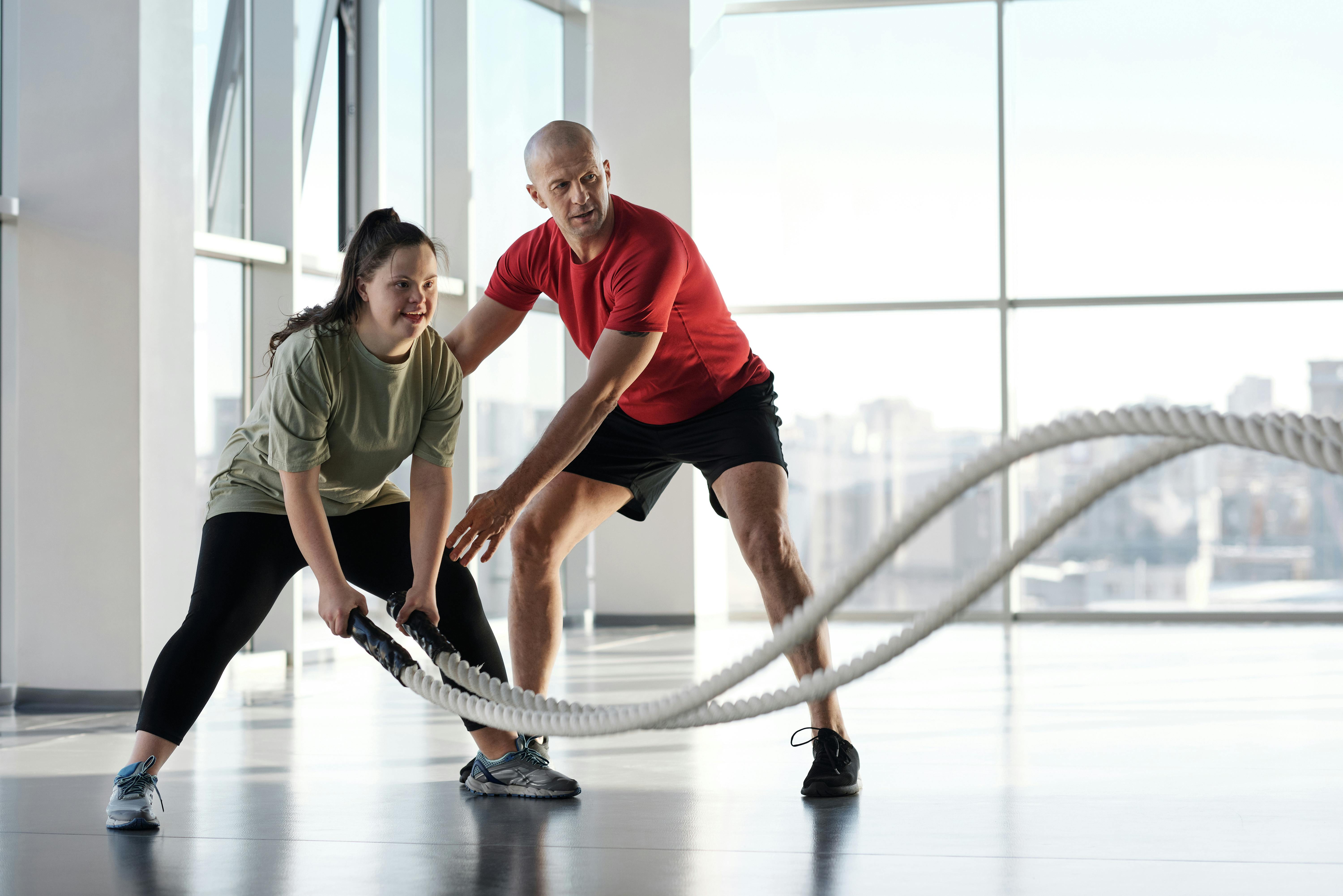In this article, I will explore the numerous benefits that can be unlocked through the use of a rowing machine at the gym. In recent times, there has been a surge in the popularity of modern gym machines, with individuals increasingly keen to invest in equipment that not only provides an effective workout but also offers a low-impact alternative to other cardiovascular exercises. Therefore, I will delve into the multitude of advantages that rowing machines offer, comparing them to other gym machines, and highlighting the unique benefits that can be realized through their usage.

Introduction
Rowing machines, also known as ergometers or ergs, have become increasingly popular in gyms and fitness centers due to their numerous benefits and effectiveness in providing a full-body workout. These machines simulate the motion of rowing a boat and are suitable for individuals of all fitness levels. In this comprehensive article, I will explore the various benefits of using a rowing machine, how it works, how to choose the right one, getting started with a rowing machine, different types of workouts you can do, tips for maximizing the benefits, common mistakes to avoid, and conclude with a summary of the key points discussed.
Benefits of Using a Rowing Machine
Improved Cardiovascular Fitness
One of the major benefits of using a rowing machine is the improvement of cardiovascular fitness. Rowing engages both the upper and lower body, making it an excellent aerobic exercise that strengthens the heart and lungs. Regular rowing workouts can lead to increased stamina, improved endurance, and a reduced risk of cardiovascular diseases.
Enhanced Full-Body Workout
Unlike many other fitness machines that target specific muscle groups, rowing provides a comprehensive full-body workout. It engages muscles in the arms, shoulders, back, core, and legs. As a result, rowing helps to strengthen and tone multiple muscle groups simultaneously, providing a more efficient and effective exercise routine.
Low Impact on Joints
Rowing is a low-impact exercise that puts minimal stress on the joints, making it an ideal option for individuals with joint pain or those recovering from injuries. The smooth and fluid motion of rowing minimizes the risk of impact-related injuries, making it a suitable choice for people of all ages and fitness levels.
Increased Muscular Strength and Endurance
Regular rowing workouts can lead to significant improvements in muscular strength and endurance. The repeated pulling and pushing motion engage the major muscle groups, stimulating muscle growth and development. Over time, rowing can help build upper body strength, increase leg muscle power, and improve overall muscular endurance.
Weight Loss and Calorie Burning
Rowing is a highly effective workout for weight loss and calorie burning. It can burn a substantial amount of calories per hour, making it an excellent choice for individuals looking to shed excess body fat. Rowing also activates the body’s metabolism, leading to increased fat burning even after the workout is completed.
Improved Posture and Core Strength
Using a rowing machine can greatly improve posture and core strength. The consistent movement requires proper body alignment, engaging the core muscles to maintain stability. Regular rowing exercises can help strengthen the abdominal and back muscles, leading to improved posture, reduced back pain, and enhanced overall stability.
Stress Reduction and Mental Health Benefits
Engaging in rowing workouts can provide significant mental health benefits as well. Rowing is a rhythmic and repetitive exercise that can help reduce stress, anxiety, and improve mood. The release of endorphins during exercise promotes feelings of well-being and can act as a natural mood booster.
Suitable for All Fitness Levels
Rowing machines are suitable for individuals of all fitness levels, from beginners to advanced athletes. The resistance levels on rowing machines can be easily adjusted to accommodate different fitness levels and goals. Whether you are just starting your fitness journey or looking to take your workouts to the next level, rowing can be tailored to meet your specific needs.
Versatile and Time-Efficient Workout Option
A rowing machine provides a versatile and time-efficient workout option. It can be used for various types of workouts, including interval training, endurance training, strength training, cross-training, high-intensity interval training (HIIT), and steady-state training. This versatility allows individuals to customize their workouts based on their goals and time constraints.
Easy to Learn and Use
Using a rowing machine is relatively easy to learn, even for beginners. The basic technique involves a coordinated motion of pushing with the legs, followed by pulling with the arms and back. With proper guidance and practice, anyone can quickly grasp the correct form and technique needed to effectively use a rowing machine.

How a Rowing Machine Works
Understanding the Basics
To understand how a rowing machine works, it is essential to familiarize yourself with its basic components. A rowing machine typically consists of a seat, footrests with straps, a handle or oar-like grip, and a resistance mechanism. The machine’s resistance can be adjusted to simulate different water and wind conditions, providing varying levels of intensity.
Major Muscle Groups Involved
Rowing engages multiple major muscle groups, making it a highly effective full-body workout. The primary muscles involved include the quadriceps, hamstrings, glutes, back muscles (including the latissimus dorsi and rhomboids), biceps, triceps, abdominals, and shoulders. These muscle groups work in synchrony to execute the rowing motion, leading to overall strength and muscle development.
Correct Posture and Technique
To maximize the benefits of a rowing workout and prevent injuries, it is crucial to maintain the correct posture and technique. The proper rowing technique involves sitting tall with a straight back, slightly leaning forward at the hips, and having a relaxed grip on the handle. The movement consists of extending the legs, followed by leaning back and pulling the handle towards the chest.
Adjusting Resistance Levels
Rowing machines offer adjustable resistance levels to cater to different fitness levels and goals. Depending on the type of rowing machine, the resistance can be adjusted using either air, water, magnetic, or hydraulic mechanisms. Higher resistance levels require more effort to achieve each stroke, providing a greater challenge and intensity.
Monitoring Heart Rate and Intensity
Monitoring heart rate and intensity during rowing workouts can help individuals gauge their level of effort and track their progress over time. Many rowing machines have built-in heart rate monitors or allow for external heart rate monitoring devices to be connected. By staying within target heart rate zones, individuals can ensure they are getting the most out of their workouts while maintaining safety.
Choosing the Right Rowing Machine
Types of Rowing Machines
There are several types of rowing machines available in the market, each with its own unique features and mechanisms. The most common types include air rowers, water rowers, magnetic rowers, and hydraulic rowers. Understanding the differences between these types can help individuals make an informed decision when choosing the right rowing machine for their needs.
Considerations for Home or Gym Use
When deciding whether to purchase a rowing machine for home use or utilize one at the gym, there are several factors to consider. Home rowing machines offer the convenience of accessibility and privacy, while gym rowing machines provide access to a wider range of equipment and potentially professional guidance. Determining personal preferences, available space, and budget constraints should be taken into account when making this decision.
Budget and Cost Factors
Rowing machines come in various price ranges, depending on the type, brand, and additional features. It is essential to establish a budget and consider the long-term investment value before purchasing a rowing machine. comparing prices, reading customer reviews, and understanding warranty terms can help individuals make a cost-effective and informed decision.
Features to Look For
When choosing a rowing machine, certain features can enhance the overall user experience and functionality. Some desirable features include a comfortable seat, adjustable footrests, easy-to-read display screens with workout metrics, compatibility with heart rate monitors, smooth and quiet operation, and foldability for compact storage. Considering these features can help individuals select a rowing machine that aligns with their preferences and requirements.
Comparing Popular Rowing Machine Models
To assist individuals in selecting the right rowing machine, it can be helpful to compare popular models available in the market. The article “Rowing Machine: Unlocking the Benefits at the Gym” provides a detailed overview of different rowing machine models, their features, benefits, and costs. By examining these comparisons, individuals can make an informed decision based on their specific needs and budget.

Getting Started with a Rowing Machine
Warm-up and Stretching
Before starting a rowing workout, it is crucial to warm up the body and perform stretching exercises to prepare the muscles for the physical demands of rowing. Dynamic stretches, such as arm circles, leg swings, and torso twists, help improve flexibility and increase blood flow to the muscles. This warm-up routine can help prevent injuries and enhance the effectiveness of the workout.
Choosing the Right Settings
When using a rowing machine, it is essential to adjust the settings according to personal preferences and fitness goals. The resistance level should be set based on the desired intensity, with higher levels challenging the muscles to a greater extent. Additionally, the display settings, such as time, distance, and stroke rate, should be customized to track progress and maintain motivation.
Setting Realistic Goals
Setting realistic goals is essential when starting a rowing machine workout routine. It is advisable to begin with shorter sessions and gradually increase the duration and intensity over time. Whether the goal is weight loss, increased stamina, or muscle toning, establishing achievable milestones can help maintain motivation and track progress.
Creating a Rowing Workout Plan
Creating a rowing workout plan can help individuals stay organized, consistent, and focused. This plan should include a combination of different workout types, such as interval training, endurance training, strength training, and cross-training. By incorporating variety into the routine, individuals can target different muscle groups, prevent plateauing, and maximize overall fitness gains.
Safety Guidelines and Precautions
To ensure safe and injury-free rowing workouts, it is crucial to follow safety guidelines and take necessary precautions. Using proper form and technique, wearing comfortable workout attire and appropriate footwear, staying hydrated, and listening to the body’s signals are essential practices. Additionally, individuals with pre-existing medical conditions or injuries should consult with a healthcare professional before starting a rowing exercise program.
Rowing Machine Workouts
Interval Training
Interval training involves alternating between high-intensity bursts of rowing and periods of active recovery. This type of workout helps to improve cardiovascular fitness, increase calorie burn, and stimulate muscular growth. A typical interval training session on a rowing machine includes alternating between short, intense bursts of rowing at maximum effort and longer, slower periods of rowing for recovery.
Endurance Training
Endurance training on a rowing machine focuses on sustaining a consistent pace and intensity for a prolonged period. This type of workout aims to build stamina, improve aerobic capacity, and enhance overall cardiovascular fitness. Endurance training sessions can range from 30 minutes to an hour or more, depending on fitness levels and goals.
Strength Training
To target specific muscle groups and enhance muscular strength, strength training workouts on a rowing machine can be incorporated. By adjusting the resistance level and focusing on controlled and powerful strokes, individuals can work on building strength in the upper body, core, and lower body. Strength training sessions can include intervals of high resistance and low strokes per minute to challenge the muscles.
Cross Training
Cross training involves incorporating a variety of exercises and workout modalities to improve overall fitness, prevent boredom, and challenge the body in different ways. Combining rowing workouts with other exercises, such as strength training, cycling, or yoga, can help individuals achieve a balanced and well-rounded fitness routine.
HIIT (High-Intensity Interval Training)
HIIT workouts on a rowing machine involve short bursts of maximum effort followed by short periods of rest or active recovery. This type of workout is highly effective for calorie burning, increasing cardiorespiratory fitness, and enhancing metabolic rate. HIIT sessions on a rowing machine can be completed in as little as 20 minutes and offer a time-efficient option for those with busy schedules.
Steady-State Training
Steady-state training on a rowing machine involves maintaining a consistent intensity and stroke rate throughout the workout. This type of workout focuses on endurance development and helps individuals improve aerobic fitness. Steady-state sessions are typically longer in duration and require mental focus and discipline to sustain a steady pace.
Tips for Maximizing Rowing Machine Benefits
Maintaining Proper Form and Technique
To maximize the benefits of using a rowing machine and prevent injuries, it is crucial to maintain proper form and technique throughout the workout. This includes sitting tall with a straight back, engaging the core, using legs for power, and keeping a relaxed grip on the handle. Regularly assessing and correcting form can ensure optimal results and reduce the risk of strain or injury.
Gradually Increasing Intensity and Duration
To progress and continue experiencing benefits, it is important to gradually increase the intensity and duration of rowing workouts. This can be achieved by adjusting the resistance level, increasing the stroke rate, or extending the total workout time. Gradual progression allows the body to adapt and prevents overexertion or burnout.
Mixing Up Your Workouts
To prevent boredom and challenge the body in different ways, it is beneficial to mix up rowing workouts. This can include incorporating different types of workouts, such as interval training, strength training, or cross-training, into the routine. Additionally, varying the scenery by rowing outdoors or joining group rowing classes can add excitement and motivation to the workouts.
Using Additional Resistance Equipment
To further intensify rowing workouts and target specific muscle groups, additional resistance equipment, such as resistance bands or weights, can be incorporated. These tools can be used to perform exercises such as bicep curls, tricep extensions, or upright rows while seated on the rowing machine. Adding resistance equipment adds variety and challenges the muscles in different ways.
Incorporating Rowing into Circuit Training
Rowing can be incorporated into circuit training routines to boost cardiovascular fitness and muscular strength. By combining rowing intervals with exercises such as squats, push-ups, or lunges, individuals can create a high-intensity and dynamic workout. Circuit training allows for efficient use of time and provides a full-body workout.
Tracking Your Progress and Setting Challenges
To stay motivated and track progress, it is important to monitor and record workout metrics such as time, distance, stroke rate, and calories burned. Tracking progress allows individuals to set personal challenges, compete with previous records, and assess improvement over time. This can serve as a source of motivation and commitment to continue the rowing exercise routine.
Common Mistakes to Avoid
Using Excessive Backswing
One common mistake to avoid while using a rowing machine is excessive backswing. Overextending the body backward can put strain on the lower back and decrease the effectiveness of the rowing motion. It is important to maintain a controlled and smooth movement, focusing on engaging the core and using leg power instead of relying solely on the back.
Poor Posture and Slouching
Maintaining proper posture is vital when using a rowing machine to prevent strain and optimize the workout. Slouching or rounding the back can result in unnecessary stress on the spine and reduce the engagement of core muscles. It is essential to sit tall with a straight back, engaging the abdominal muscles to maintain a stable and aligned position throughout the entire stroke.
Incorrect Foot Placement
Improper foot placement can hinder the effectiveness of rowing workouts and lead to discomfort or injury. The feet should be securely and comfortably strapped into the footrests, with the straps positioned snugly over the ball of the foot. This allows for a stable base and optimal power transfer from the legs to the rowing machine.
Ignoring Warm-up and Cooldown
Neglecting to warm up and cool down can increase the risk of injuries and hinder recovery. It is essential to perform a dynamic warm-up routine before each rowing session to prepare the body for the physical demands of the workout. Similarly, incorporating static stretching and light cardio exercises into the cooldown helps the body gradually return to a resting state and aids in muscle recovery.
Overestimating or Underestimating Resistance
Choosing the right resistance level is important to ensure an effective and safe rowing workout. Overestimating the resistance can lead to premature fatigue or injury, while underestimating it may result in an insufficient challenge. Individuals should find a resistance level that allows them to maintain proper form and technique while still challenging their abilities.
Relying Too Much on Arms
One common mistake is relying too much on the arms during rowing, neglecting the power generated by the legs and core. The leg muscles are the strongest in the body and should provide the primary force for each rowing stroke. It is crucial to push with the legs, followed by the back and arms, to maximize power and efficiency.
Not Taking Rest Days
Rest days are essential for muscle repair, recovery, and overall well-being. Overtraining on a rowing machine without adequate rest can lead to fatigue, decreased performance, and increased risk of injury. It is recommended to incorporate rest days into the rowing workout routine to allow the body time to recover and adapt to the stresses of exercise.
Conclusion
Rowing machines offer a multitude of benefits for individuals looking to improve their cardiovascular fitness, enhance muscular strength and endurance, achieve weight loss goals, and boost their overall well-being. By understanding how a rowing machine works, choosing the right one, getting started with a proper warm-up routine, incorporating various types of workouts, and avoiding common mistakes, individuals can unlock the full potential of this versatile and efficient exercise equipment. Whether at the gym or in the comfort of your own home, rowing can be a rewarding and enjoyable addition to any fitness routine. With consistency, proper technique, and gradual progression, individuals can reap the numerous physical and mental health benefits that rowing has to offer.

